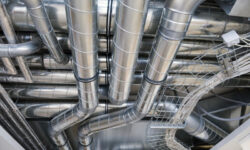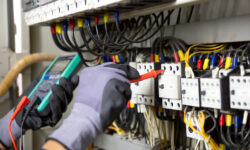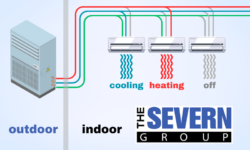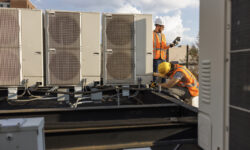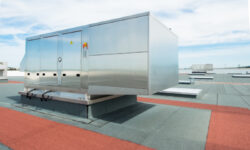Regarding home comfort, we often focus on the big players: the furnace, the air conditioner, and the thermostat. But what about the unsung hero of your HVAC system? Enter ductwork – the silent, winding network that delivers heated or cooled air to every room in your building.
While it may not get the attention it deserves, ductwork plays a crucial role in the efficiency and effectiveness of your heating, ventilation, and air conditioning system. Let’s investigate why ductwork is truly the heart of your HVAC system.
Read more →